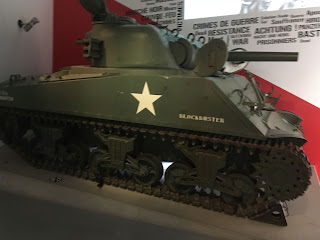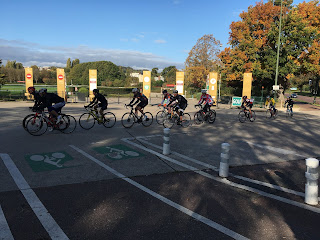Israel, from Eilat to Golan
On Friday morning, November 1, I got up at 4:30 am in Paris and began a long day of travel that ended on the beach in Eilat, Israel. The usually fast train ride direct from Luxembourg station to the airport was twice as long because of track work, two trains, then a bus.
But after a long walk and the extra security checks that come with flying to Israel, I boarded a full 737 for the 4-hour flight to Tel Aviv. I knew before I left America with a swollen knee, I would not be able to ride the 300-plus mile distance from Eilat to Golan, so I decided to see the whole country in a 739-mile circle that started as soon as I cleared customs and picked up my Hyundai rental car.
By 4pm I was driving the first of 200-plus miles to the southernmost city in Israel: Eilat. I got a hotel two blocks from the beach that was the cheapest hotel in the city. All the signage in the hotel was in Russian and Hebrew. I might have been the only guest who was not from Russia. The city was alive with party music till well past 4am, but I fell asleep early after the long travel day.
At 7 this morning I got up and walked to the beach. There was a roped off area with several swimmers doing "laps" swimming back and forth between the ropes marking the swimming area. As soon as I started swimming and tasted salt water, I realized this was the first time I swam in the ocean. I had played on the beach when I was a kid and with my kids, but I never actually swam. It felt great. And the water was so clear I could watch the fish swimming underneath me.
After the swim, I showered and drove north, all the way north to the Mount Bental observation post, part of one of the greatest tank battles in Israeli military history. Just 160 Israeli tanks stopped 1,500 invading Syrian tanks. After the battle just seven Israeli tanks were still in operation and most of the crew members were killed or wounded. The Syrians lost 900 tanks and suffered thousands of casualties.
From that scene of violent battle, I drove back to the south to Tiberias on the Sea of Gallilee. On the way to Tiberias on the northwest shore of the sea is the Mount of Beatitudes monastery, the site, according to tradition, of the Sermon on the Mount: a memorial to peace just an hour away from a memorial of armored warfare.
On the drive north I traveled along the eastern border of Israel including the entire length of the Dead Sea. So going back to Jerusalem, I drove near the Mediterranean coast. For the rest of the week I will take shorter rides near Jerusalem, Tel Aviv and places in between.
The Beach in Eilat, Israel






















